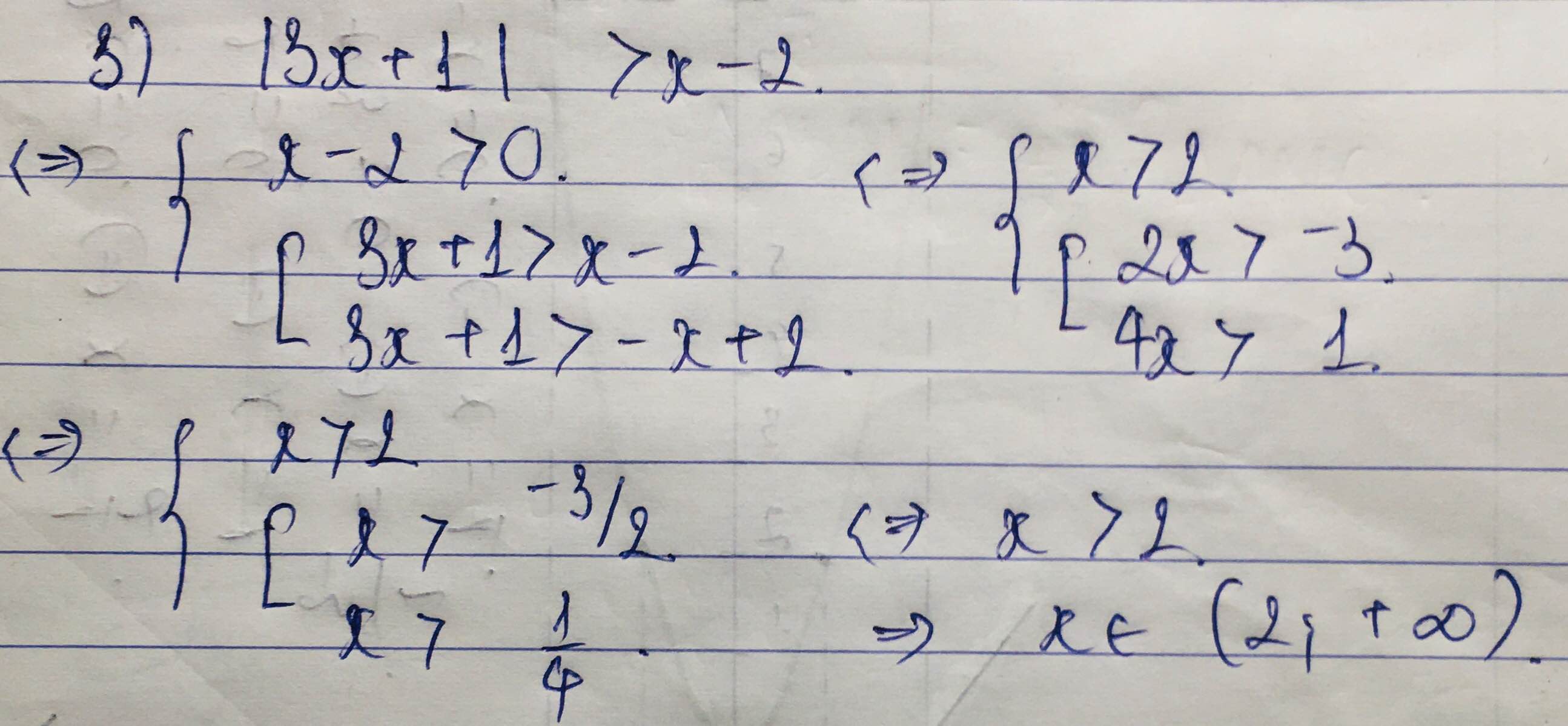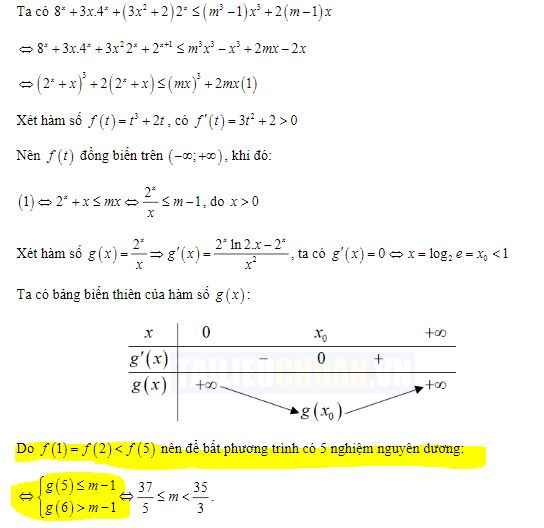Xem xét \(x=-3\) là nghiệm của bất phương trình nào trong hai bất phương trình sau :
\(3x+1< x+3\left(1\right)\)
\(\left(3x+1\right)^2< \left(x+3\right)^2\left(2\right)\)
Từ đó suy ra rằng phép bình phương hai vế một bất phương trình không phải là phép biến đổi tương đương







Thay \(x=-3\) vào bất phương trình (1) ta được:
\(3.\left(-3\right)+1< -3+3\)\(\Leftrightarrow-8< 0\) ( đúng)
Vậy \(x=-3\) là nghiệm của bất phương trình (1)
TThay \(x=-3\) vào bất phương trình (2) ta được:
\(\left(3.\left(-3\right)+1\right)^2< \left(-3+3\right)^2\)\(\Leftrightarrow64< 0\) (vô lý).
Vậy \(x=-3\) là nghiệm của bất phương trình (2).
Vậy hai bất phương trình (1) và (2) không tương đương và bình phương hai vế của bất phương trình không là phép biến đổi tương đương.